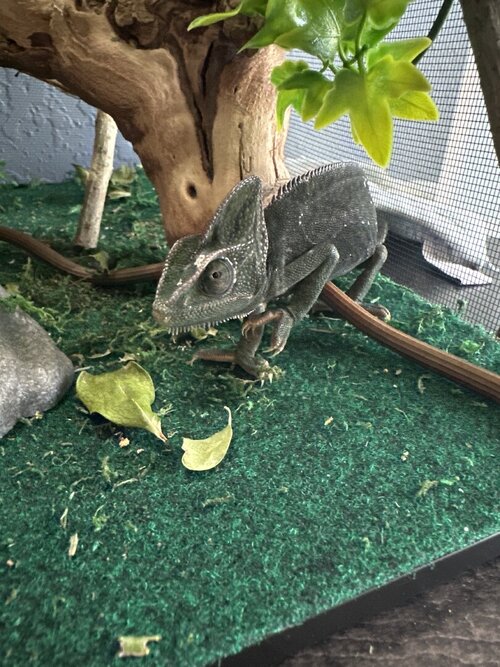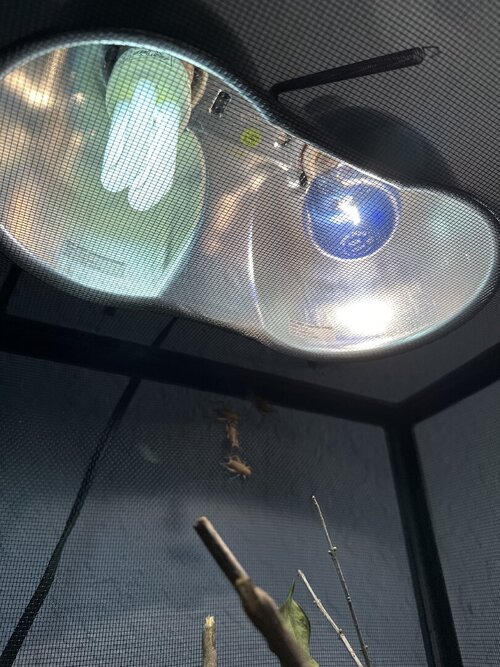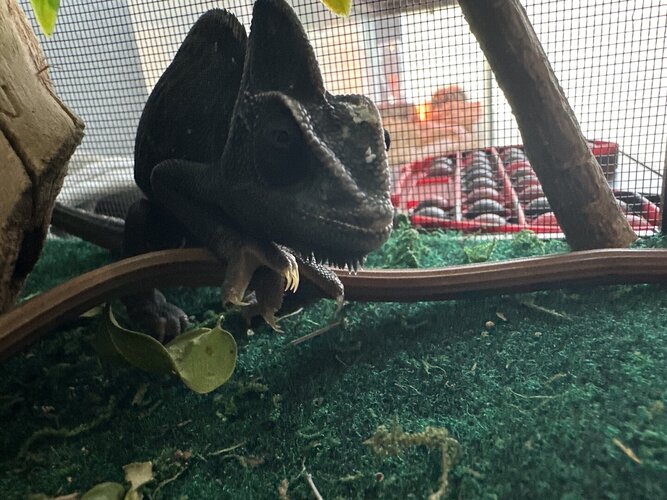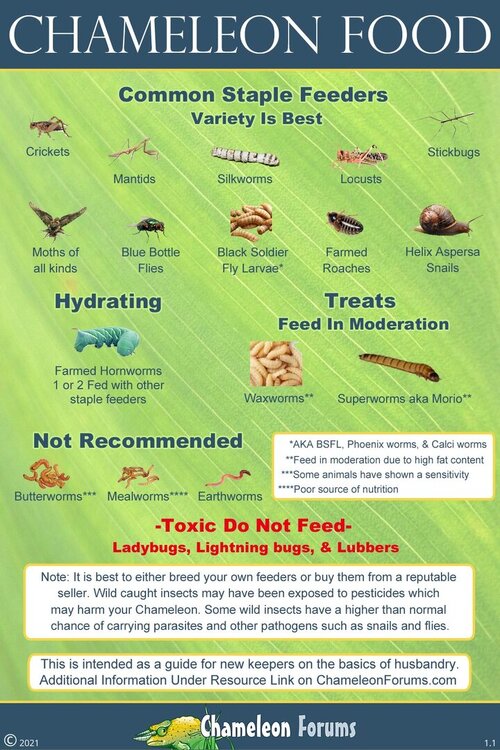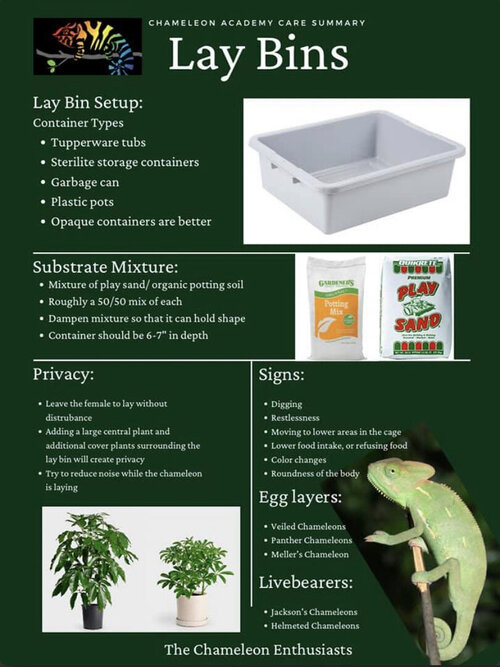loonipper
New Member
Yesterday my female veiled chameleon pulled out her claw on the screen mesh on the enclosure. Her claw seems to be fine and no sign of infection but now she has been at the bottom of the enclosure with her eyes closed. Should I be concerned? *this is also my first chameleon so any other tips on how to care for her properly would be great!
Last edited:




